#kennedy space center
Text

"CAPE CANAVERAL, Fla. –– Space shuttle Atlantis on Launch Pad 39A is viewed across the lagoon at NASA's Kennedy Space Center in Florida. Atlantis is targeted to launch May 12 on the STS-125 mission to upgrade NASA's Hubble Space Telescope."
Photo credit: NASA/Jack Pfaller
Date: April 18, 2009
NASA ID: KSC-2009-2756
#STS-125#Space Shuttle#Space Shuttle Atlantis#Atlantis#OV-104#Orbiter#NASA#Space Shuttle Program#LC-39A#Kennedy Space Center#Florida#April#2009#my post
77 notes
·
View notes
Text
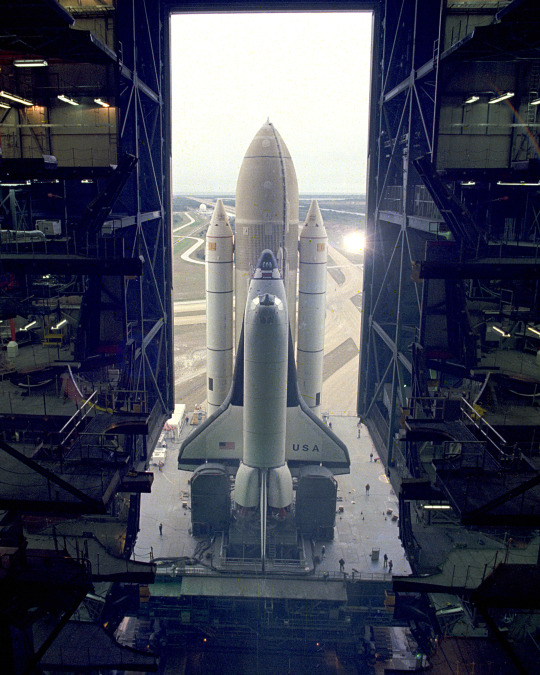
NASA's monster garage, 1980.
#nasa#shuttle#space shuttle#space#history#photography#garage#vehicle assembly building#kennedy space center
2K notes
·
View notes
Text
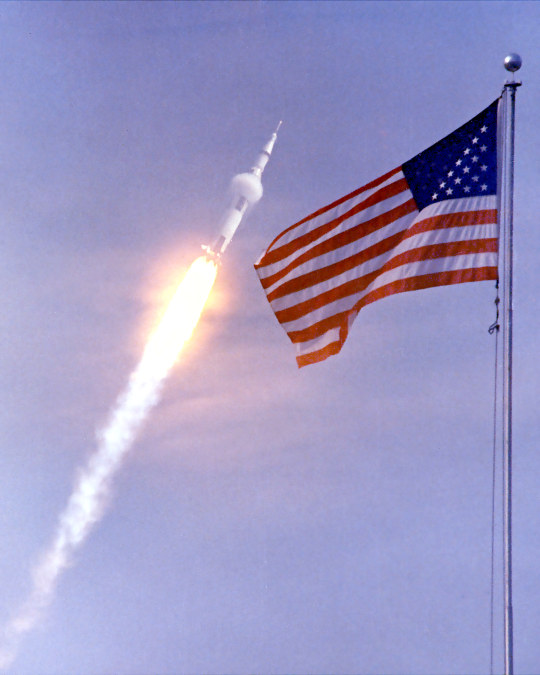
Apollo 11 Launch - 16 July 1969
#NASA#Apollo 11#Saturn V#Rocket#Kennedy Space Center#Launch Complex 39A#Spaceflight#American Flag#Space race#Moon landing#spacecraft#Moon mission
211 notes
·
View notes
Text



Venus, Jupiter and NASA l John Kraus
l Vehicle Assembly Building at Kennedy Space Center
#nasa#venus#jupiter#kennedy space center#planets#astrophotography#photography#astronomy#space#stars#galaxy#night#sky#universe#solar system
620 notes
·
View notes
Text

"Photoreport 6 - Apollo 15", Countdown #40, 20 November 1971.
#science#technology#space exploration#magazine#NASA#Apollo 15#Saturn 5#Kennedy Space Center#Countdown#USA#UK#1971
231 notes
·
View notes
Text
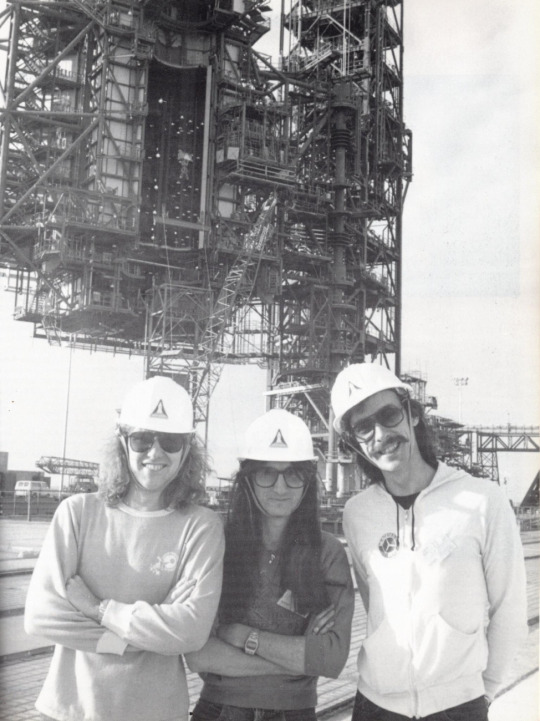
Rush at the Kennedy Space Center in Florida, 1981.
#neil peart#geddy lee#alex lifeson#rush#classic rock#great photo#kennedy space center#1980s#1981#progressive rock#hard rock
226 notes
·
View notes
Video
Gateway Full Configuration - Hero Image by NASA Johnson
Via Flickr:
The Gateway space station will be humanity's first space station around the Moon as a vital component of the Artemis missions to return humans to the lunar surface for scientific discovery and chart the path for the first human missions to Mars. Astronauts on Gateway will be the first humans to call deep space home during missions where they will use Gateway to conduct science and prepare for lunar surface missions. Photo Credit: NASA Secondary Creator Credit: Alberto Bertolin, Bradley Reynolds
#European Space Agency#Johnson Space Center#Kennedy Space Center#Moon#NASA#space#USA#station#Science#Canadian Space Agency (CSA)#Japan Aerospace Exploration Agency (JAXA)#flickr
45 notes
·
View notes
Text

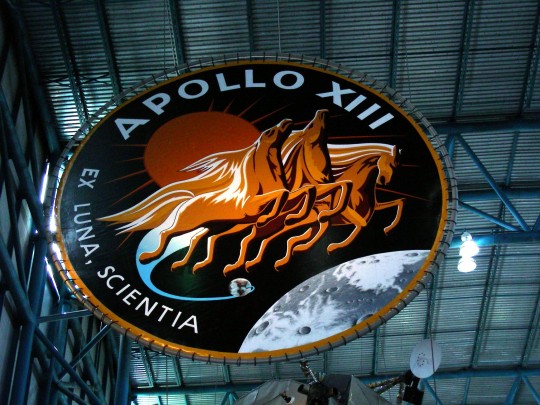

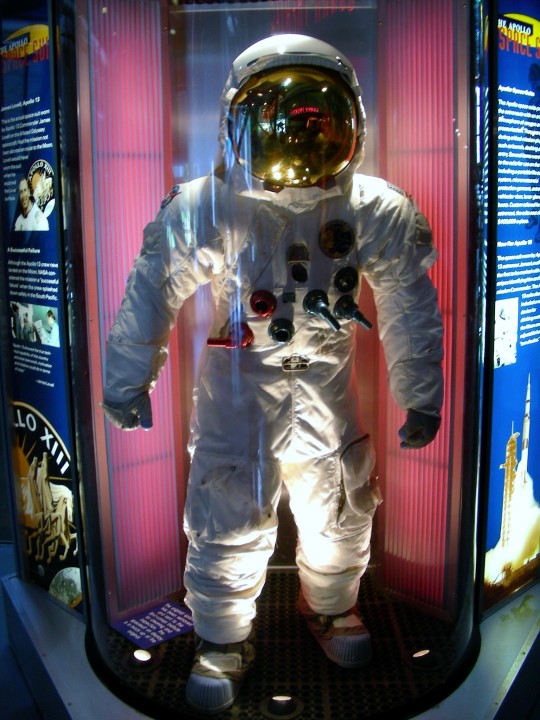
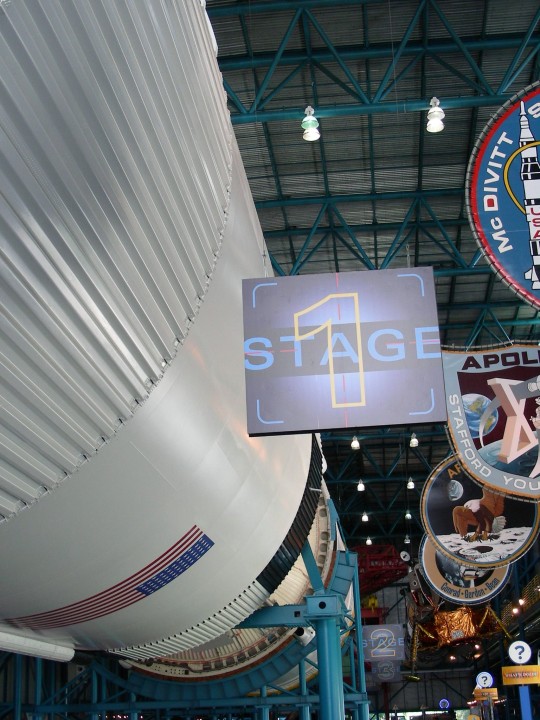

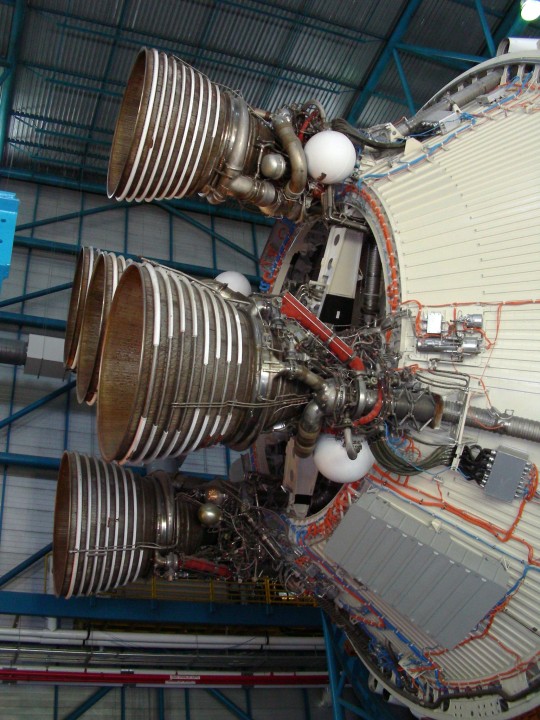



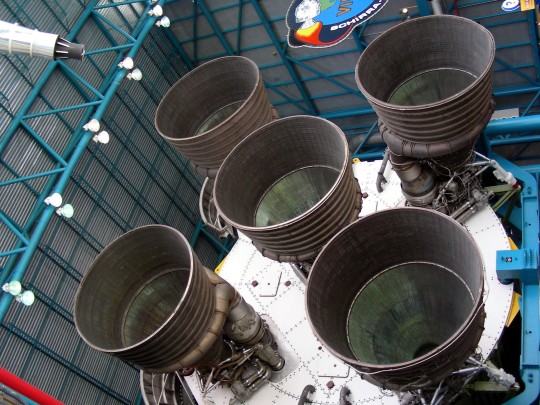



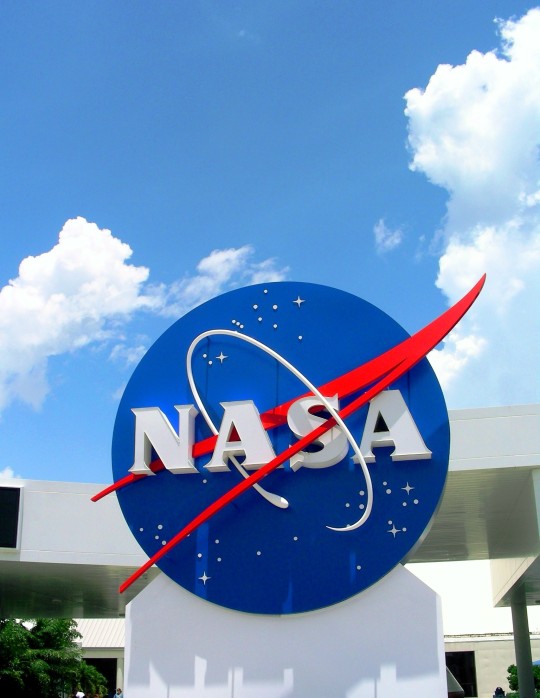
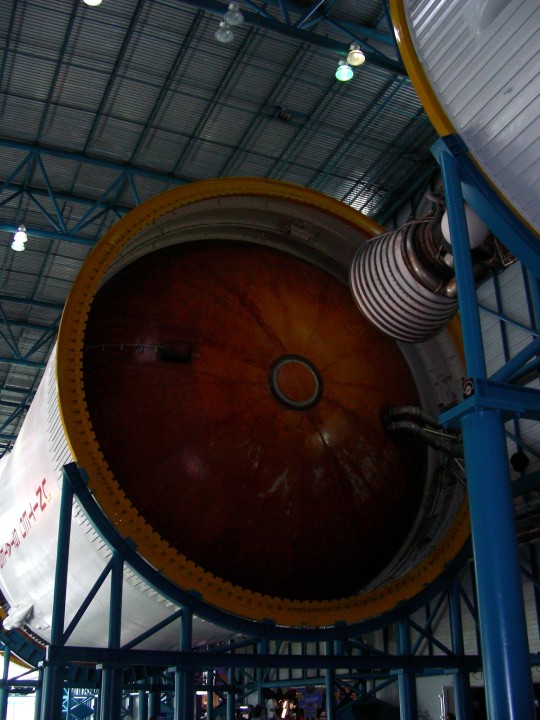


Apollo 13 was launched on April 11, 1970.
#Apollo 13#launched#11 April 1970#anniversary#US history#Florida#USA#Kennedy Space Center#John F. Kennedy Space Center#KSC#NASA#National Aeronautics and Space Administration#Launch Complex 39A (LC-39)#Kennedy Space Center Visitor Complex#Saturn V#engineering#logo#2009#original photography#summer 2010#travel#vacation#tourist attraction#indoors#outdoors#landmark#Jim Lovell's space suit
21 notes
·
View notes
Text


The United States has returned to the lunar surface for the first time in more than 50 years after a privately-built spacecraft named Odysseus capped a nail-biting 73-minute descent from orbit with a touchdown near the moon’s south pole.
Amid celebrations of what NASA hailed “a giant leap forward,” there was no immediate confirmation of the status or condition of the lander, other than it had reached its planned landing site at crater Malapert A.
But later Intuitive Machines, the Texas-based company that built the first commercial craft to land on the moon, said the craft was “upright and starting to send data.”
The statement on X said mission managers were “working to downlink the first images from the lunar surface.”
The so-called “soft landing” on Thursday, which Steve Altemus, the company’s founder, had given only an 80% chance of succeeding, was designed to open a new era of lunar exploration as NASA works towards a scheduled late-2026 mission to send humans back there.
“Welcome to the moon,” Altemus said when touchdown when the 5.23pm touchdown was eventually confirmed, after about 10 minutes in which Odysseus was out of contact.
It was the first time any US-built spacecraft had landed on the moon since NASA’s most recent crewed visit, the Apollo 17 mission in December 1972, and the first visit by commercial vehicle following last month’s failure of Peregrine One, another partnership between the space agency and a private company, Astrobotic.
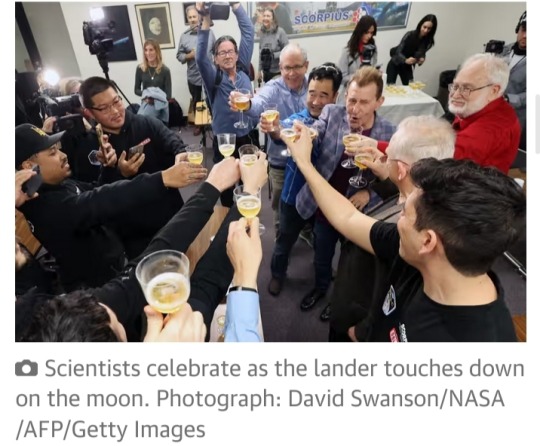
“Today, for the first time in more than a half century, the US has returned to the moon. Today, for the first time in the history of humanity, a commercial company, an American company, launched and led the voyage up there,” Bill Nelson, the NASA administrator, said.
“What a triumph. Odysseus has taken the moon. This feat is a giant leap forward for all of humanity.”
There was no video of Odysseus’s fully autonomous descent, which slowed to about 2.2mph at 33ft above the surface.
But a camera built by students at Florida’s Embry-Riddle Aeronautical University was designed to fall and take pictures immediately before touchdown, and NASA cameras were set to photograph the ground from the spacecraft.
The 14ft (4.3 metres) hexagonal, six-legged Nova-C lander, affectionately nicknamed Odie by Intuitive Machines employees, is part of NASA’s commercial lunar payload services (CLPS) initiative in which the agency awards contracts to private partners, largely to support the Artemis program.
NASA contributed $118m to get it off the ground, with Intuitive Machines funding a further $130m ahead of its February 15 launch from Florida’s Kennedy Space Center on a Falcon 9 rocket from Elon Musk’s SpaceX company.

The IM-1 mission, like the doomed Peregrine effort, is carrying a payload of scientific equipment designed to gather data about the lunar environment, specifically in the rocky region chosen as the landing site for NASA’s crewed Artemis III mission planned for two years’ time.
It is a hazardous area – “pockmarked with all of these craters,” according to Nelson – but chosen because it is believed to be rich in frozen water that could help sustain a permanent lunar base crucial to future human missions to Mars.
Scientists announced last year that they believed tiny glass beads strewn across the moon’s surface contained potentially “billions of tonnes of water” that could be extracted and used on future missions.
The risks are worth it, Nelson told CNN on Thursday, “to see if there is water in abundance. Because if there’s water, there’s rocket fuel: hydrogen, and oxygen. And we could have a gas station on the south pole of the moon.”
The planned operational life of the solar powered lander is only seven days, before the landing site about 186 miles from the moon’s south pole moves into Earth’s shadow.
But NASA hopes that will be long enough for analysis of how soil there reacted to the impact of the landing.
Other instruments will focus on space weather effects on the lunar surface, while a network of markers for communication and navigation will be deployed.
“Odysseus, powered by a company called Intuitive Machines, launched upon a SpaceX rocket, carrying a bounty of NASA scientific instruments, is bearing the dream of a new adventure in science, innovation, and American leadership in space,” Nelson said.


Through Artemis, NASA’s return-to-the-moon program that also has longer-term visions of crewed missions to Mars within the next two decades, the US seeks to stay ahead of Russia and China, both of which are planning their own human lunar landings.
Only the US has previously landed astronauts in six Apollo missions between 1969 and 1972, while five countries have placed uncrewed spacecraft there.
Japan joined the US, Russia, China, and India last month when its Smart Lander for Investigating the Moon (Slim) made a successful, if awkward touchdown after a three-month flight.
Two further Intuitive Machines launches are scheduled for later this year, including an ice drill to extract ingredients for rocket fuel, and another Nova-C lander containing a small Nasa rover and four small robots that will explore surface conditions.
https://www.theguardian.com/science/2024/feb/22/us-moon-landing-odysseus-intuitive-machines
youtube
US returns to lunar surface with for first time in over 50 years
23 February 2024
A spacecraft built and flown by Texas-based company Intuitive Machines landed near the south pole of the moon, the first US touchdown on the lunar surface in more than half a century, and the first ever achieved entirely by the private sector.
Communication with Odysseus seemed be lost during the final stages of the landing, leaving mission control uncertain as to the precise condition and position of the lander, according to flight controllers heard in the webcast.
US returns to lunar surface for first time in over 50 years: ‘Welcome to the moon.’
#Odysseus#Intuitive Machines#Youtube#NASA#Malapert A#moon#moon landing#spacecraft#Steve Altemus#lunar exploration#Bill Nelson#Nova-C lander#Odie#commercial lunar payload services (CLPS)#Artemis#Kennedy Space Center#Falcon 9#Elon Musk#SpaceX#IM-1 mission#Smart Lander for Investigating the Moon (SLIM)#lunar lander#earth
22 notes
·
View notes
Text

The future belongs to those who believe in the beauty of their dreams.
-- Eleanor Roosevelt
(Kennedy Space Center)
119 notes
·
View notes
Text

Artemis jumping over the moon!
#Artemis1#wearegoing#artemis#kennedy space center#nasa#national aeronautics and space administration#space#shot#photo#art#night#landscapes#photography#moon#erth#galaxy#astronaut#astronomy#planet#solar system#launch#earth#tumblr#awesome#reblog#love#amazing#florida
168 notes
·
View notes
Text
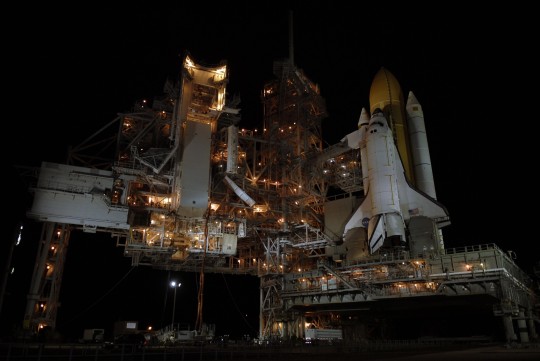
"CAPE CANAVERAL, Fla. –– On Launch Pad 39A at NASA's Kennedy Space Center in Florida, the payload canister is lifted toward the payload changeout room, or PCR, on the rotating service structure. The red umbilical lines are still attached. The canister's cargo of Hubble Space Telescope equipment will be deposited in the PCR and later transferred to the payload bay on space shuttle Atlantis, at right. Atlantis' 11-day STS-125 mission to service Hubble is targeted for launch May 12. The flight will include five spacewalks in which astronauts will refurbish and upgrade the telescope with state-of-the-art science instruments. As a result, Hubble's capabilities will be expanded and its operational lifespan extended through at least 2014."
Photo credit: NASA/Kim Shiflett
Date: April 18, 2009
NASA ID: KSC-2009-2784
#STS-125#Space Shuttle#Space Shuttle Atlantis#Atlantis#OV-104#Orbiter#NASA#Space Shuttle Program#LC-39A#Kennedy Space Center#Florida#April#2009#my post
25 notes
·
View notes
Text
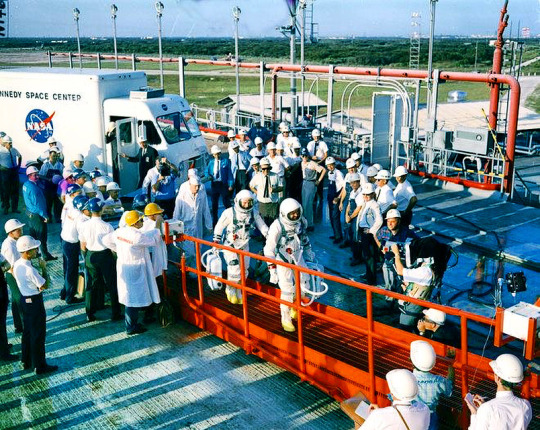
Preparing to board. Astronauts Pete Conrad & Gordon Cooper get set for Gemini 5, Aug 1965. The 7 day, 23 hour mission was the 1st time NASA held the world record for duration in space, having beat the USSR’s Vostok 5’s accomplishment in 1963. Hurricane Betsy’s impending presence cut G5’s mission short a day. The cabin size of the Gemini capsule was equivalent to the front seat of a VW Beetle. Nearly 8 days spent in such a small space. Incredible achievement.
#gemini 5#astronauts#pete conrad#gordon cooper#1965#astronaut#project gemini#nasa#space exploration#space travel#space race#1960s#vintage space#space#space age#nasa astronauts#nasa photos#spacemen#kennedy space center#space explorers#space program#space flight
16 notes
·
View notes
Text

SSME Start / STS-116 Discovery / Kennedy Space Center Launch Pad 39B / December 9, 2006
#NASA#Space Shuttle#STS-116#Discovery#SSME#Launch Pad 39B#Kennedy Space Center#space flight#spacecraft#Orbiter#Aerospace
139 notes
·
View notes
Photo


Ready for Artemis l Launch on Aug. 29 2022
l John Kraus l Kennedy Space Center
#artemis 1 mission#nasa#artemiss 1#moon#space#kennedy space center#astrophotography#solar system#astronomy#stars#sky#universe#planets#galaxy#rocket launch
706 notes
·
View notes
Photo







#achievement hunter#ah#rooster teeth#trevor collins#nasa#florida#kennedy space center#adorable trevor
203 notes
·
View notes